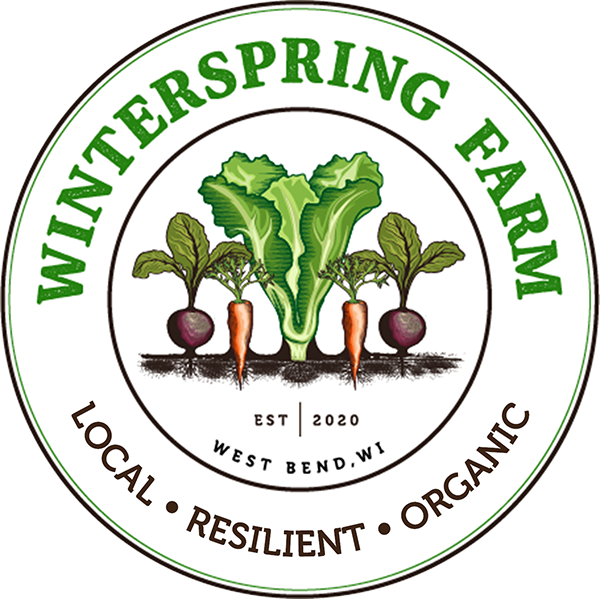Potatoes
Culinary Use, Storage, & Benefits
Vegetable Profile: Potatoes (Solanum tuberosum)
Description
Potatoes are one of the most beloved plant foods on Earth, and are the world’s fourth largest crop after rice, wheat, and corn. Potatoes are tubers, which are underground stems of a plant that store energy in the form of starch. While there are hundreds of varieties of potatoes, there are 3 distinct categories of use that they each fit into.
A baking potato is lower in moisture and high in starch. These include russet, Kennebec, and Idaho potatoes. When cooked they have a fluffy texture that works well for frying, baking, mashing.
A waxy potato is a sweeter potato with higher moisture and less starch than a baking potato. These are generally round in shape, and include white, red, Yukon gold, fingerlings, and purple/blue/rose potatoes. There is a wide variety of flavors among these types. They work well for roasting, boiling, frying, or braising.
A new potato refers to the immature stage at which it was harvested. Any variety of potato can be called a new potato if it is harvested while the vines are green. These have more in common with waxy potatoes, as their skin is thin and the sugars have not converted to starch yet. Storage for these is the same as the other types but they do need to be used within a few days.
Generally, we offer red, yellow, and russet potatoes through our organic certified, local partner farms. Our wet river bottom soil doesn’t support quality potato production, and with our soil structure, it would be quite hard on the soil too. In this way, we work together with other farmers who have different growing conditions to offer a variety to our CSA members and market customers that our farm itself can’t produce.
Be mindful, however, of potatoes most widely available at the super market. They are considered one of the top 4 vegetables with the highest pesticide residues. If genetic modification is a concern for you, be aware that GM potatoes have been sold in the US since 1995. Most of those are russet potatoes.
Avoid eating potato sprouts or green parts of a potato that has been exposed to warmth or sun. These parts contain a toxic alkaloid called solanine. Refrigeration may also increase the levels of this alkaloid. It causes drowsiness, headaches, and sometimes diarrhea and nausea.
Nutrition
Potatoes may have fallen out of fashion with low-carb diet trends, but they are so much more than an isolated macronutrient. Potatoes are rich in potassium, iron, antioxidents, and vitamin B6. In Traditional Chinese medicine, they are considered a nutritive tonic for the kidneys, spleen, and stomach. They are cooling and soothing for inflammatory conditions.
Storage
Potatoes need a cool, dry, dark place to keep well. Warmth makes them turn green and sprout. Yet, the cold the the refrigerator may be too much. It can alter the taste of the potatoes and cause them to turn grey when cooked.
Use
Potatoes are one of the more familiar vegetables we offer. They can be roasted, fried, boiled for soup, mashed, stuffed, braised, or grated for hashbrowns. The limits lie at the end of your imagination! Do try to use the skins of the potatoes in recipes of you’re able. They contain much of the important nutrients and fiber for good digestion. If you’d like to preserve as much of the potassium as possible, roast, steam, or fry the potatoes instead of boiling them. If you do boil, consider reserving the water and using it in soup.
Resources:
The New Whole Foods Encylopedia by Rebecca Wood
Farm-Fresh and Fast by Fairshare Coalition
SpecialtyProduce.com
Our own experience!

